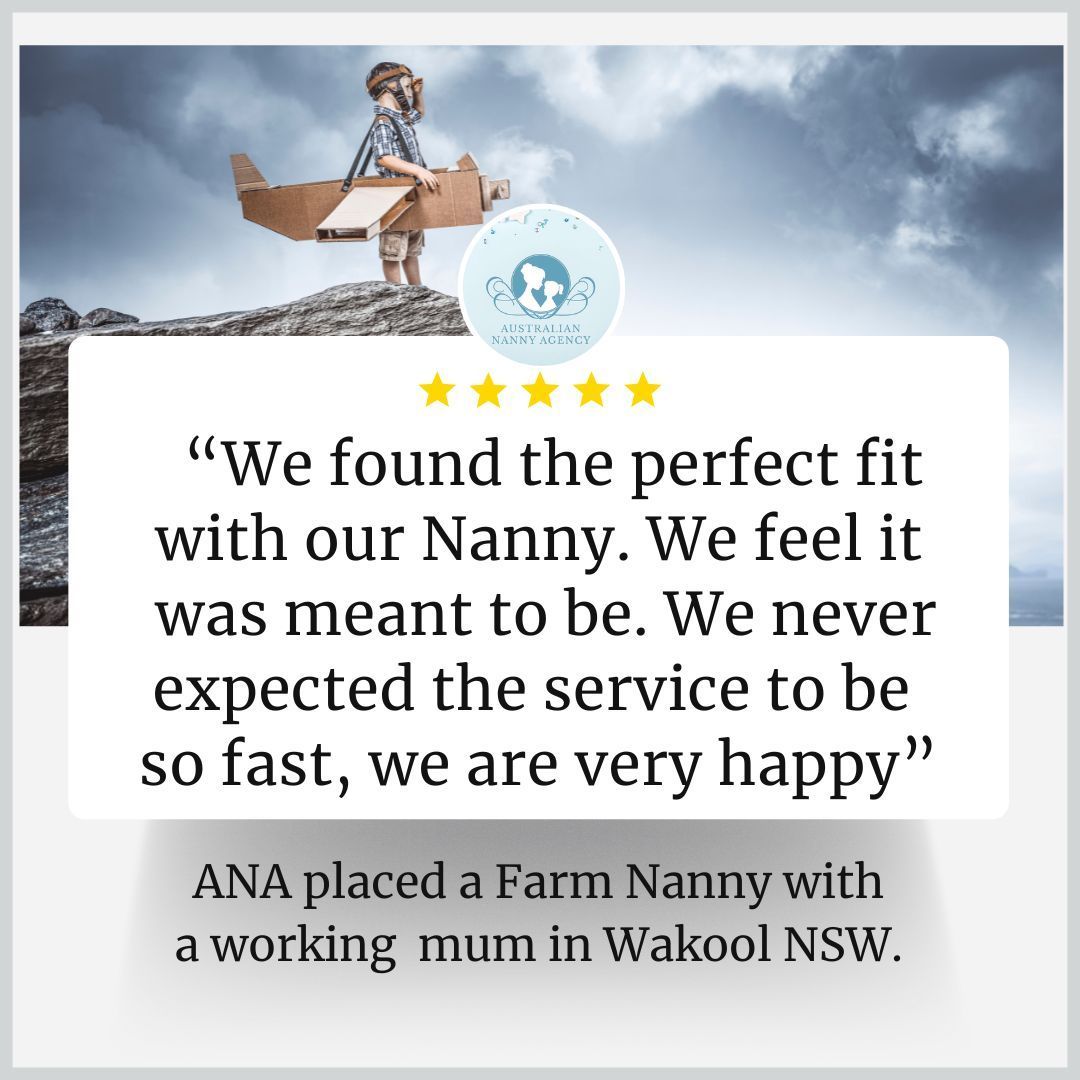"Empowering Families: The Critical Role of Parental Engagement in Promoting Child Safety Awareness and Education
The Importance of Parental Involvement in Child Safety Education
In today’s world, where children are exposed to a myriad of dangers—both online and offline—ensuring their safety is paramount. While schools, community programs, and government initiatives play crucial roles in imparting safety education, one critical element often determines the success of these efforts: parental involvement. As the first educators in a child’s life, parents hold the key to reinforcing safety principles, creating an environment where safety is prioritized, and empowering children to navigate risks effectively.
The Role of Parents in Safety Education
Parents are not merely caregivers; they are the primary role models for their children. From an early age, children mimic their parents’ behavior, values, and attitudes. This imitative learning underscores the importance of parental involvement in safety education. When parents actively engage in discussions around safety—be it stranger danger, cyberbullying, or fire safety—they help instill a sense of awareness in their children.
Building a Culture of Open Communication
A significant aspect of parental involvement lies in fostering open lines of communication. When children feel comfortable sharing their experiences, parents can better understand the challenges they face and offer guidance. Creating an environment where kids can talk about their fears and concerns can empower them to recognize potentially dangerous situations.
For instance, discussing the importance of not sharing personal information online becomes much more effective when it occurs in a context of trust. Parents should encourage children to express their feelings online and offline, facilitating honest conversations about safety and personal boundaries. This two-way dialogue not only educates but also builds a strong emotional bond, enabling children to seek guidance in moments of uncertainty.
Reinforcing School Safety Programs
Schools widely promote safety education, emphasizing its relevance in a structured environment. However, without parental involvement, the impact of these programs can be diminished. Parents play an indispensable role in reinforcing what children learn in school. For example, if a school conducts a workshop on internet safety, parents should continue the dialogue at home—sharing insights, discussing rules for internet usage, and sharing personal experiences.
Furthermore, parents can also collaborate with schools to develop wellness programs or initiatives that educate the community. By becoming actively involved in school committees or safety discussions, they ensure their voices are heard and can contribute to effective and relevant safety policies.
Modeling Safe Behavior
Children are keen observers. They often imitate their parents' actions, making it critical for parents to model safe behavior consistently. This involves actively practicing safety measures in daily life. For example, wearing seatbelts, using pedestrian crossings, setting screen time limits, and discussing the importance of identifying trustworthy adults.
Moreover, parents should demonstrate appropriate responses to various situations. For instance, they can role-play scenarios to prepare children for what to do if they become lost in a store or how to respond if they receive unsolicited communications online. Through modeling behaviors and role-playing with children, parents not only enhance safety awareness but also foster decision-making skills that will serve kids well in life.
Empowering Children with Knowledge and Skills
Safety education is not merely about discussing potential dangers; it also encompasses equipping children with the knowledge and skills to protect themselves. Parents have a unique opportunity to teach their children critical thinking and problem-solving skills necessary for navigating complex situations.
For instance, educating children about emergency procedures or first aid can empower them to act promptly during crises. Parents can facilitate workshops or gatherings with family and friends to teach kids how to respond to emergencies, such as fire drills or what to do during an earthquake. These proactive measures ensure that children are not just passive recipients of safety information but active participants in their safety education.
Enhancing Social and Emotional Well-Being
Parental involvement in safety education extends beyond physical safety; it also nurtures children’s social and emotional development. Teaching children about personal safety, boundaries, and consent cultivates a sense of self-worth and respect for others. Parents play an integral role in helping their children understand these concepts, enhancing their resilience to risks such as bullying or manipulation.
Additionally, children who feel secure in their parents’ guidance tend to develop stronger self-esteem and confidence. This sense of security allows them to face challenges more adeptly, knowing they have a supportive network at home to turn to.
Engaging with the Community
Parental involvement should not be confined to the home and school. Engaging with the community at large helps raise awareness about child safety issues. Parents can participate in or organize community events focusing on safety education, from neighborhood watch programs to safety fairs where information is shared, and resources are provided.
By working with local law enforcement, healthcare providers, and educational institutions, parents can help create a community culture that prioritizes child safety. Such collaboration can amplify the reach and effectiveness of safety messaging, ensuring that it resonates with families beyond individual households.
Conclusion: A Collaborative Approach
The importance of parental involvement in child safety education cannot be overstated. Parents serve as the cornerstone of a child’s understanding of safety and risk management. By fostering open communication, reinforcing school lessons, modeling safe behavior, and engaging with the wider community, parents equip their children with the tools they need to navigate an increasingly complex world.
When parental involvement becomes a collaborative effort, children benefit from consistent messages that highlight the importance of safety. It transforms safety education from a passive acknowledgment of potential dangers into an active engagement where children learn to thrive in safe environments. Ultimately, a community effort founded on strong parental involvement creates a powerful foundation for raising safe, aware, and empowered children ready to face the world.
In this light, both parents and educators must recognize their crucial roles and work hand-in-hand to ensure that every child has the knowledge and skills needed to remain safe in a world filled with both opportunities and risks. Together, we can create a safer future for the next generation.
Share your thoughts
Blog









